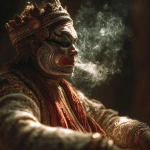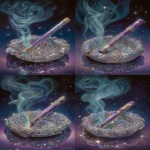Explore the Best AI Image Gallery
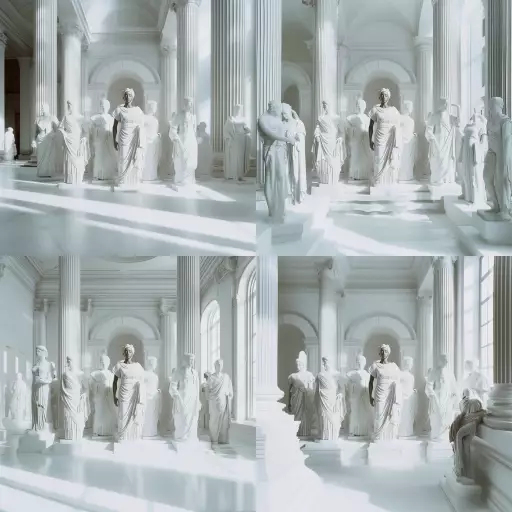
AI Lens: Reframing Product Photography with Artificial Intelligence
The world of product photography is undergoing a seismic shift. No longer confined to traditional methods, AI-powered tools are revolutionizing the way products are presented online, offering unprecedented levels of efficiency, creativity, and customization. From automating mundane tasks to generating breathtaking visuals, AI is reshaping the very fabric of this creative industry.
A New Era of Efficiency
One of the most significant impacts of AI in product photography is its ability to streamline workflows. Tasks like image editing, background removal, and color correction can now be automated with remarkable accuracy, freeing up photographers and designers to focus on more strategic aspects of their work. This increased efficiency translates to significant time and cost savings for businesses.
Unleashing Creative Potential
AI isnt just about automation; its also a powerful tool for enhancing creativity. AI-powered image generation algorithms can create stunning product shots from scratch, exploring diverse compositions, lighting effects, and even incorporating 3D elements. This opens up a world of possibilities for brands to showcase their products in innovative and captivating ways.
Personalized Product Experiences
AI enables highly personalized product photography experiences. Imagine customers being able to virtually try on clothes, customize furniture colors, or visualize how a gadget would look in their living room—all powered by AI-generated imagery. This level of interactivity elevates the customer journey and fosters deeper engagement with products.
Ethical Considerations: Navigating the Landscape
While the potential benefits of AI in product photography are undeniable, its crucial to address the ethical considerations that arise. One concern is the potential for AI-generated imagery to be used deceptively, creating unrealistic expectations or even perpetuating harmful stereotypes. Transparency and responsible use are paramount. Its essential for businesses to clearly identify AI-generated content and ensure it portrays products accurately.
Another ethical consideration is the impact on human jobs. While AI can automate tasks, it shouldnt replace the creativity and expertise of photographers entirely. Striking a balance between automation and human involvement is key to ensuring a sustainable future for the industry.
Future Trends: The Evolution Continues
The field of AI in product photography is constantly evolving. Here are some trends to watch:
- Increased Realism: AI algorithms will continue to advance, generating imagery that is even more realistic and indistinguishable from real photographs.
- Integration with Virtual Reality (VR) and Augmented Reality (AR): AI-powered product photography will seamlessly integrate with VR/AR experiences, allowing customers to virtually interact with products in immersive environments.
- Personalization at Scale: AI will enable the creation of highly personalized product images tailored to individual customer preferences, demographics, and purchase history.
- Sustainable Practices: AI can be used to optimize product photography workflows, reducing energy consumption and waste associated with traditional methods.
Conclusion
AI is undoubtedly transforming the landscape of product photography, empowering brands to create captivating visuals, streamline workflows, and deliver personalized experiences. As technology continues to evolve, the possibilities for AI in this creative field are truly boundless. By embracing ethical considerations and fostering responsible innovation, we can harness the power of AI to elevate the art of product photography to new heights.



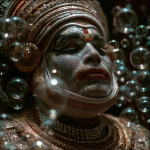


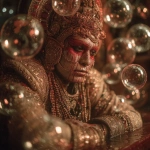
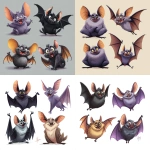
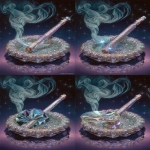




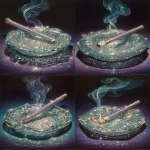




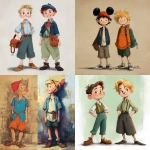


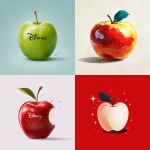

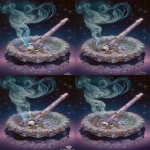

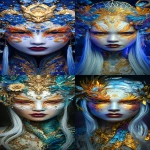
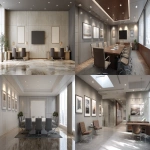
](https://images.ai-img.art/thumbnails/150/5197af8969d850e2a43e141d41e482ccbceedebceb2a4caf9f098f943f9d1b0f.webp)
](https://images.ai-img.art/thumbnails/150/8d1fe5a7a49cfc96747182431a853357913286d89258383caab2d3b4681afcb5.webp)
](https://images.ai-img.art/thumbnails/150/2fbd98ecfc425cfc1597779121e1c0305437067779e9c471eb64ff9615d5be98.webp)

](https://images.ai-img.art/thumbnails/150/3020b8c2b6d9be07e042357107af1de10deb274a41d2b0f332684ad4b532a702.webp)
](https://images.ai-img.art/thumbnails/150/269414b0e541026702e9e67c67602c96162f37ff460a388b3b36314c8fc936dd.webp)
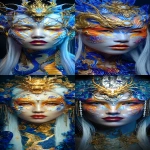




](https://images.ai-img.art/thumbnails/150/485c8b1c747827bdc9a962f8a1919b3c259b18dd263b260208a1eae19fb85e07.webp)






